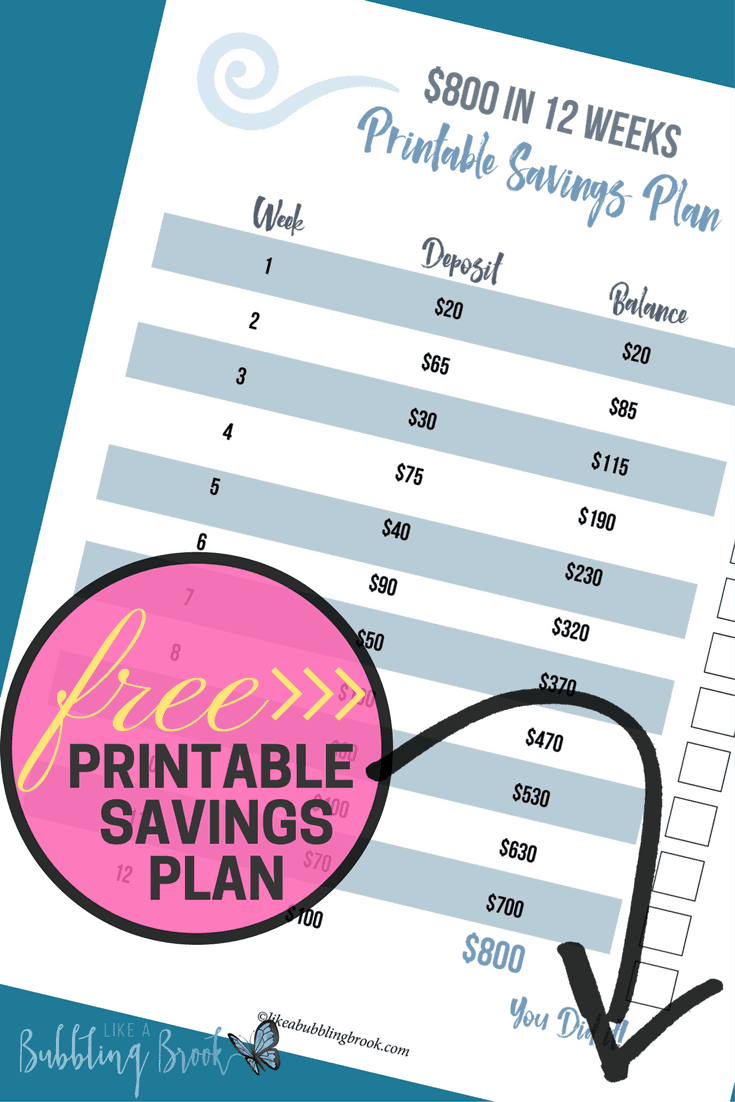

So to plan for that cost down the road, retirees should look at how much it might cost to buy a new or used car and add that into their budget.Īnd, don’t forget travel, which is the most desired retirement pursuit by the highest number of retirees. If they’re not in the plan, those can be $10,000 to $50,000 that you weren’t expecting and can really damage your retirement plan.”įor example, most retirees tend to replace their car within five to 10 years of retirement, he says. “You want some buffers in your retirement plan, and one way to do that is to estimate costs on the high side - add in those occasional expenses. “You don’t want to be in a position post-retirement where something comes up destroy your retirement plan,” says Jim Cantrell, a certified financial planner with Brookfield, Wisconsin-based Financial Strategies Inc. Home and car repairs, entertainment expenses, and rising health care costs are often forgotten about during the planning stages, but these should be budgeted. Make sure to include those occasional expenses, which can take significant chunks out of your savings if not budgeted for properly. Create a Buffer in Your Retirement Savings Andrii Zastrozhnov / Budgeting your future helps you to envision and build a plan for the life you want. Set as many different spending levels for as many different phases of retirement as you like as a whole or in 75 different categories.

The NewRetirement Planner lets you do this kind of lifetime budgeting. You can also think about retirement in phases - an active phase when you first quit working and may be spending even more than when you were working, a slowing down phase when you start to spend less, and an end-of-life phase where health care costs might be expensive. That may sound crazy or unrealistic, but you can break your projections down into five-year increments or think about big milestones like kids graduating college or your spouse’s retirement. Get serious about budgeting for your next 20 to 30 years. Maybe you’ll need 50%, 66%, 100%, or even 200% of your work income. The only real way to determine the amount you and your household will need is to make detailed budget projections. The consensus among financial planners is that there isn’t one magic income number that everyone should strive to achieve. Interest in living on less in retirement? Here are a few tips … Don’t Rely on Rules of Thumb: Project What You Will Actually Need insta_photos / “Each person’s situation is different, but I think that 66% is reasonable basic living expenses.”īut the figure likely doesn’t include special or one-time expenses, such as traveling, house repairs, or car replacements, she adds. “It doesn’t surprise me,” says Cynthia Petzold, a certified financial planner with CommonWealth Financial Planning LLC in Roanoke, Virginia. And, 57% report they live as well or better than when they were working. But, it is useful to understand what is actually happening in households across the country.Įighty-five percent of the survey’s 1,507 respondents say they don’t need to spend as much as they did before retirement to be satisfied. Is 66% of Your Work Income Really Enough Retirement Income? Too Much? Medvedeva Oxana / The report suggests that nearly three years into retirement, the majority of retirees are living on just 66% of their pre-retirement income (on average).


 0 kommentar(er)
0 kommentar(er)
